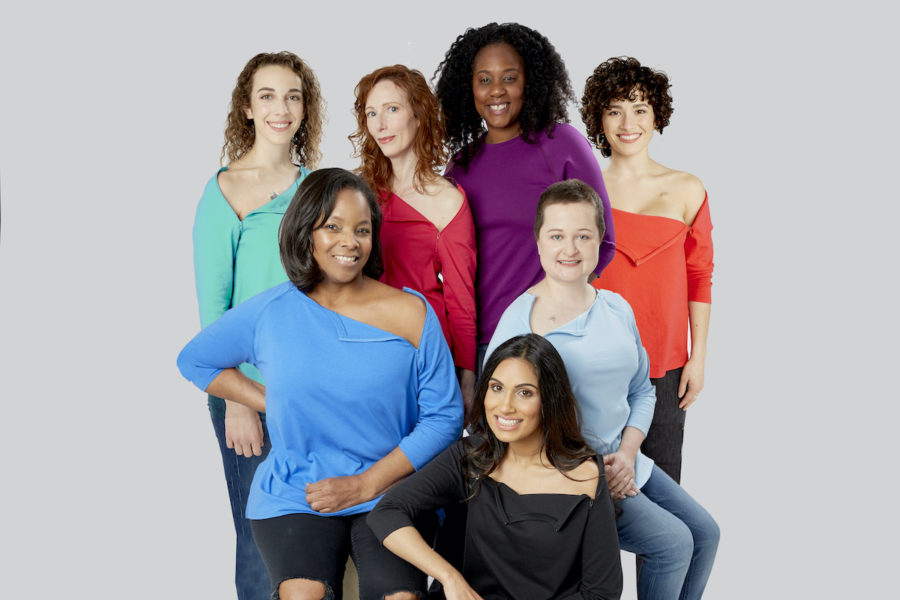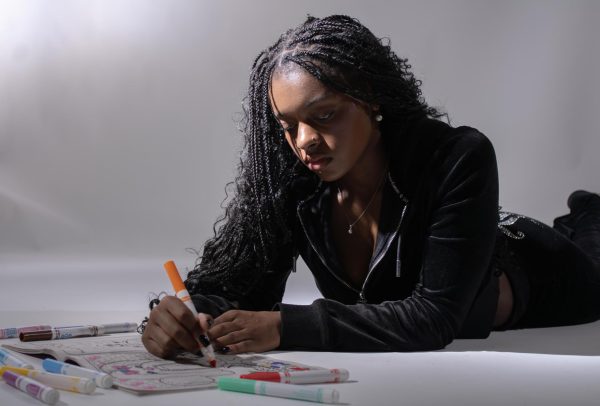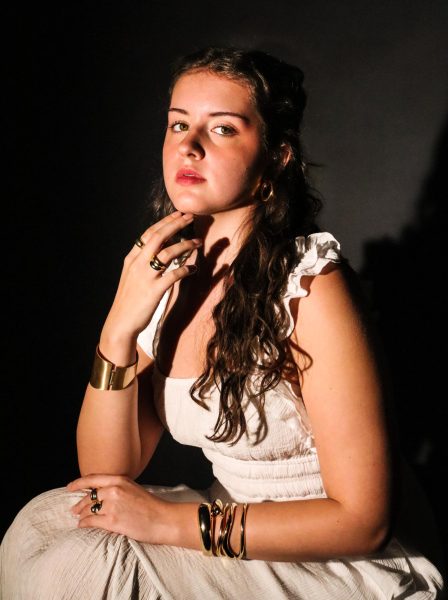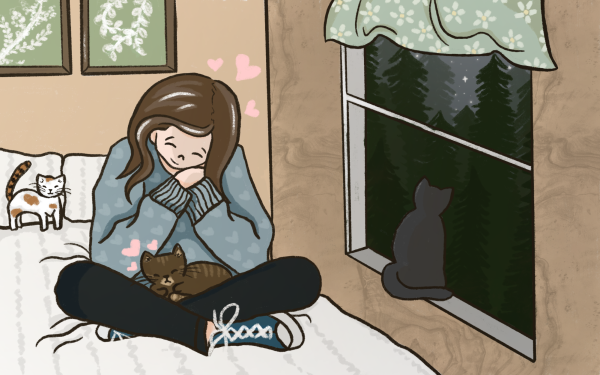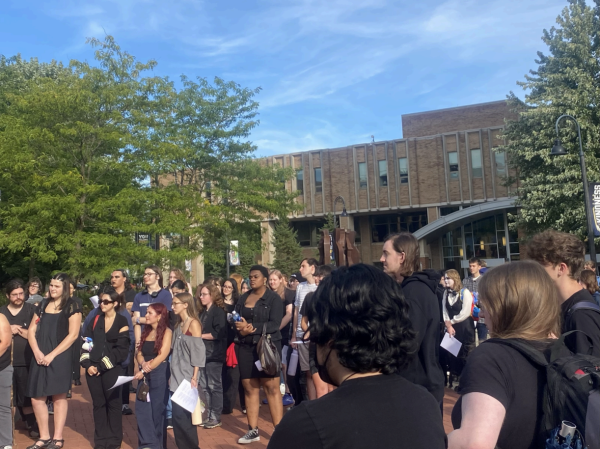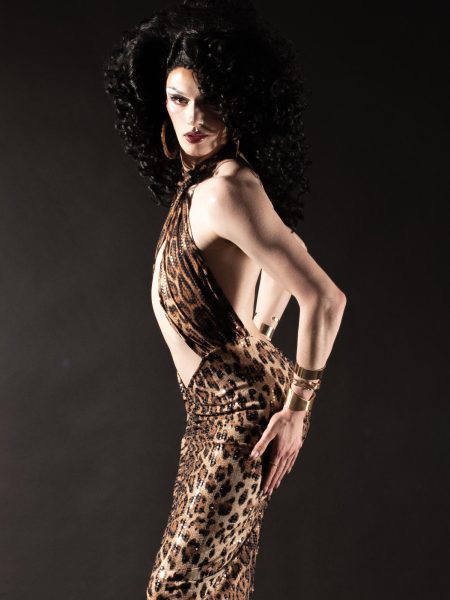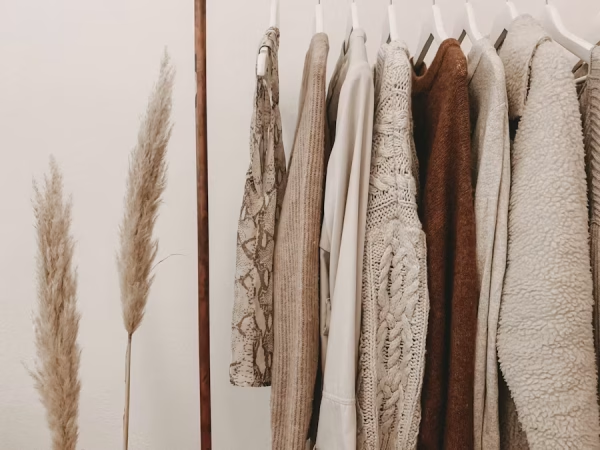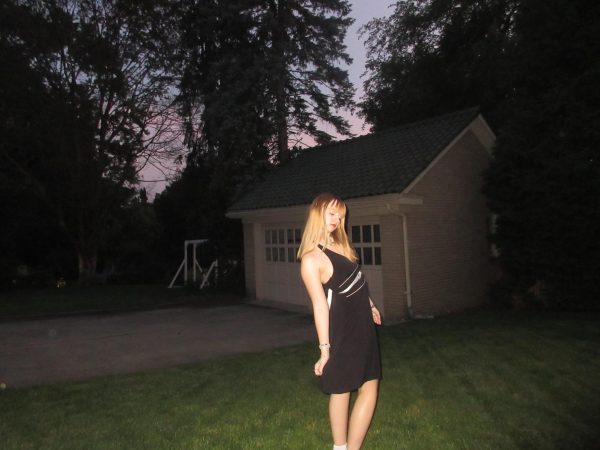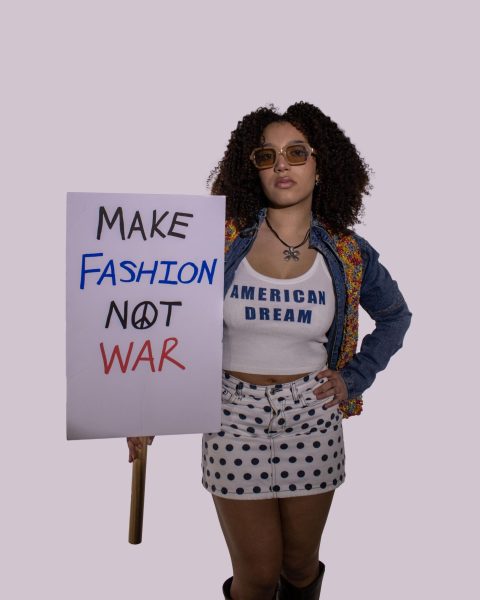what you didn’t know: adaptive/universal fashion and functionality edition
Attending Kent State’s NYC study away program has its perks, one of them being able to connect with people from all different walks of life within the fashion industry. As June concluded, the NYC Studio hosted a panel entitled “The Fashion Industry Diversity Panel Series” that sparked questions and ideas within, shifting me into a different perspective.
When you’re learning about the fashion industry, a variety of different terms come up such as sustainability, marketing and designing. Within the many terms that coincide with the fashion industry are adaptive/universal fashion and functionality. When you dive into what those terms mean, you uncover a whole different realm of fashion. Universal fashion includes items available for all people from all walks of life, a term you hear more of in the industry. Adaptive fashion is clothing specifically designed for disabled people, something you don’t hear much about in the industry. About 26% of the population identifies as having some form of a disability. With that amount being so large the possibilities to explore are endless.
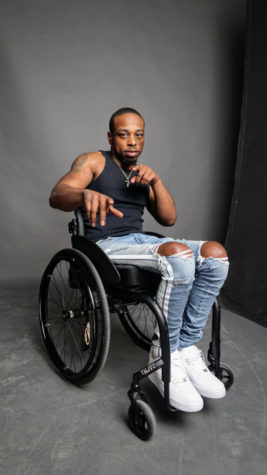
Garrison Redd
Garrison Redd hails from Brooklyn, New York, and wears many hats in his life. He is a model, dancer, a disabled rights advocate, founder of a non profit called The Garrison Redd Project and a Team USA Para Powerlifter. A jack of all trades, as he says. I interviewed Redd and explored what adaptive and universal fashion really means.
Can you tell me what adaptive and universal fashion is and what it means to you?
Redd: When it comes to adaptive fashion, it means various things to me. Adaptive fashion is fashion that is made accessible for individuals living with disabilities. So what that means is, it can be an item that is modified specifically for an individual depending on what their needs are. That can mean magnets instead of zippers, or mean velcro at the fly areas and things of that nature. Now universal fashion is just fashion designed for everybody’s needs. So whether you’re an able-bodied individual, whether you’re a disabled individual, universal fashion design will create tremendous opportunities for designers and creators making more items that are adaptive.
For you as a designer, how does the design process begin for you? Where does it start?
Redd: One of the things I do when it comes to designing is to universally design. What I mean by that is when I design an item, I think about how it can suit everyone. One of the things about adaptive fashion that I feel and this is just my personal opinion, is that if you create an item specific for one person’s needs or for a particular demographic need, then it’s not going to be accepted mainstream. Whereas when you create an item that anyone can enjoy and can wear, especially individuals that are able bodied, who are the ones that primarily run the fashion industry, then it opens the doors up for more of those designs.
From a student perspective, if someone is interested in universal/adaptive fashion, where do you think they should start?
Redd: For individuals looking to get into adaptive fashion, I think the first step should be that individuals should reach out to other individuals living with disabilities, being that these are the individuals that will be needing the items and start inquiring, how can you be of assistance. One of the things I wanted people to know about adaptive fashion is that fashion should be stylish, and it should be something that makes people feel good.
As far as brands and retail companies are concerned, do you foresee change happening within the next five years when it comes to adaptive fashion?
Redd: I already have seen progress be made. From the time I was initially injured till now, it’s been almost a 360 shift. A lot more companies are designing items with individuals with disabilities in mind, which is a good thing. I think it’s just going to continue to grow as and of course, the population is growing.
Keep up with Redd on Instagram @garrisonredd to stay up to date with his influential life.
Care+Wear
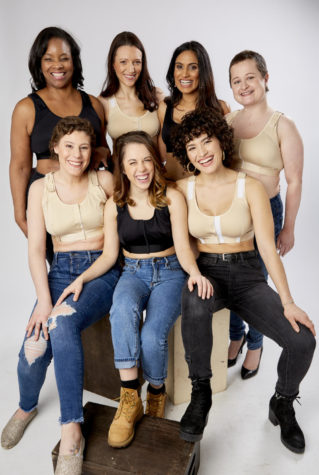
Adaptive functionality is also something to be considered within the fashion industry. Chaitenya Razdan is the CEO of Care+Wear, a brand in the healthcare industry that strives to “bridge fashion and function for a more human healthcare experience.” Razdan started out with the intent to create a PICC (peripherally inserted central catheter) line cover and now manages a company that is trying to make a difference through each design.
If students wanted to get into this industry of creating adaptive, for people who need them, where should they start?
Razdan: I think you want to start with what’s the problem and is it a real problem? In the early days, I think I interviewed over 1,000 different nurses and doctors and clinicians just to understand what the issues were, what problems were and how I can help try and solve it. Second thing is not being afraid to get negative feedback. The last thing is continually looking to improve. I think a big thing that I tell everyone is I don’t believe that there’s such a thing as a final version, I think it’s really important to always be improving and always be iterating. We believe our products need to be in data forever and ever, and always be looking to improve.
How do you believe that you’re making a difference in the world?
Razdan: I’ve been able to help numerous family members, close friends, etc., which is kind of cool, normally a terrible situation and you’re able to do something to help make it better is pretty hard to beat. When we started being able to help millions of clinicians in and out of the hospital and keep them protected during COVID. They were risking their lives every day, and then lastly, I would say it’s also getting involved in the community. So being able to go volunteer with numerous organizations, we give at least 10% of our profit back to nonprofits. It’s being able to make a difference like that has been pretty remarkable. Even if it’s a small amount, being able to do something still makes a huge difference and we’re really, really excited to keep doing that.
In the next couple of years how do you see Care+Wear expanding?
Razdan: We have two different types of expansion that we think of as geographic, so expanding globally and the second is use cases for our products. So whether it’s expanding our current collections, or designing and developing new products, our goal as a company is to add at least three to five new products every single year. So we don’t want to rest until we are helping all 7.8 plus billion people around the world. Our goal is truly to help each and every person whenever they have any sort of healthcare issues no matter the severity of what you’re going through.
What do you want other people to know about the benefits of your company and how can they reach out to you?
Razdan: We’re always eager to help anyone that has medical needs on our website. We have contact us forms you can email us at [email protected]. We’re always looking for great people and great talent. Our goal again is to help as many people as possible and so if someone has a connection with a hospital or something always happy to connect with them as well.
If you’re interested in potential employment opportunities with Care+Wear, check out their career page to send an inquiry email.
The world of fashion is forever changing, there are many avenues to explore and changes to be made. Think adaptive, universal and functional.
Support Student Media
Hi! I’m Catie Pusateri, A Magazine’s editor-in-chief. My staff and I are committed to bringing you the most important and entertaining news from the realms of fashion, beauty and culture. We are full-time students and hard-working journalists. While we get support from the student media fee and earned revenue such as advertising, both of those continue to decline. Your generous gift of any amount will help enhance our student experience as we grow into working professionals. Please go here to donate to A Magazine.

